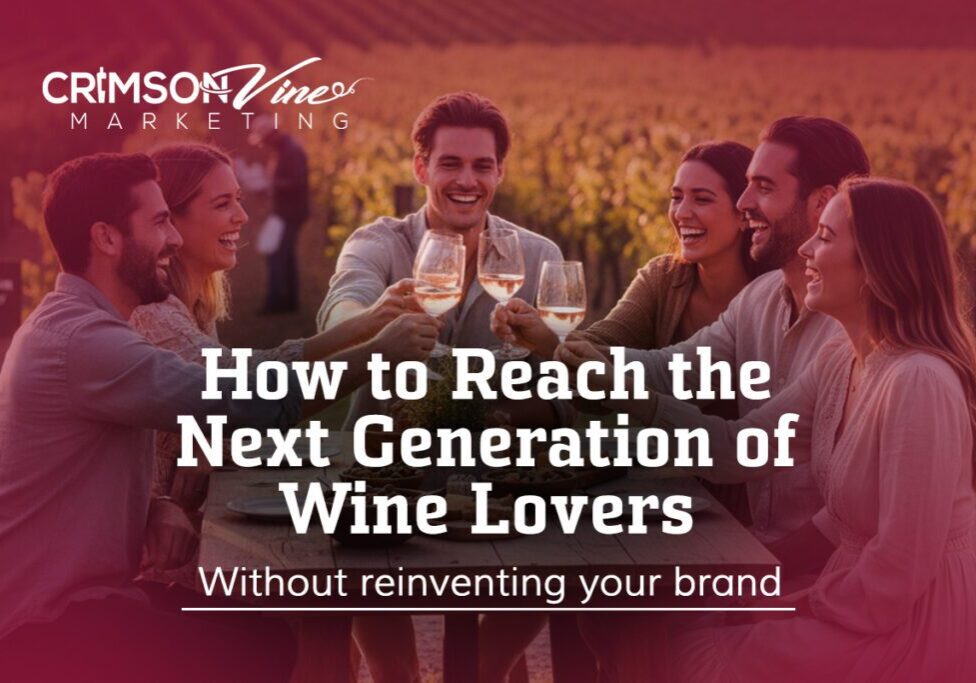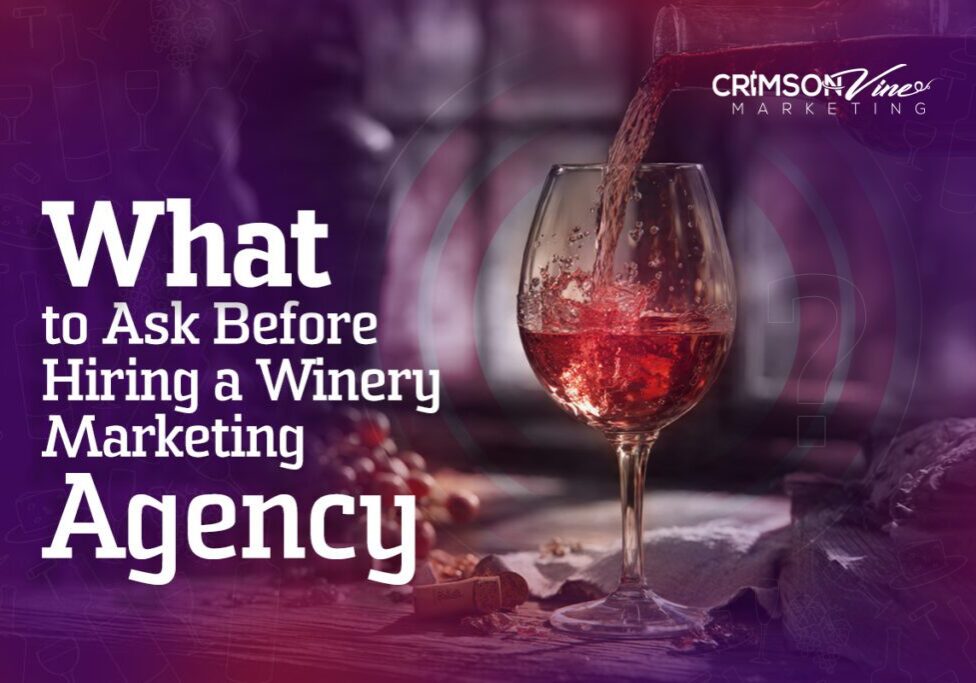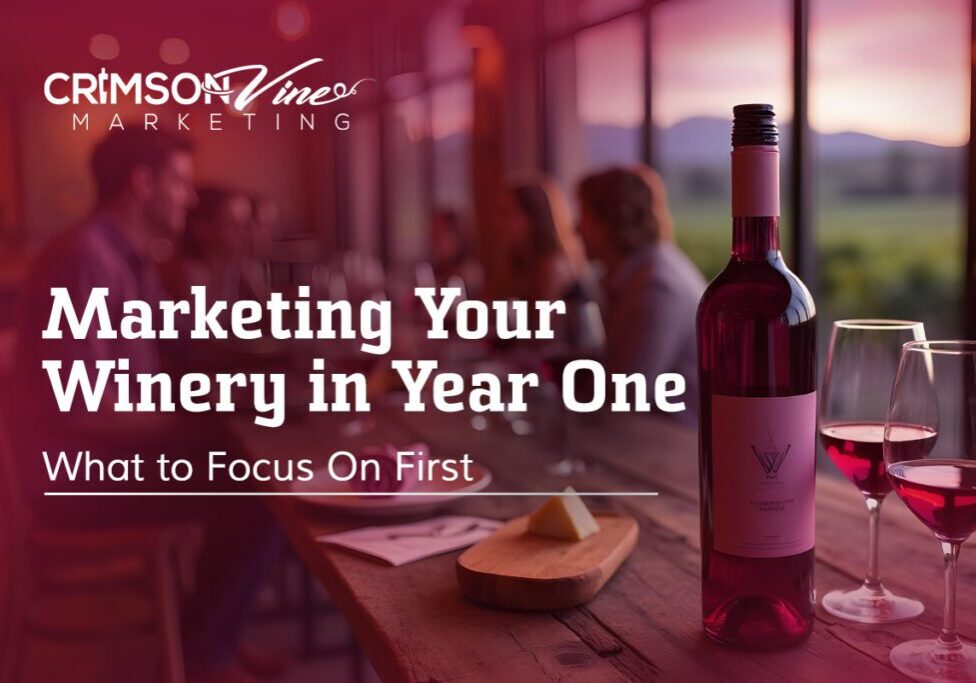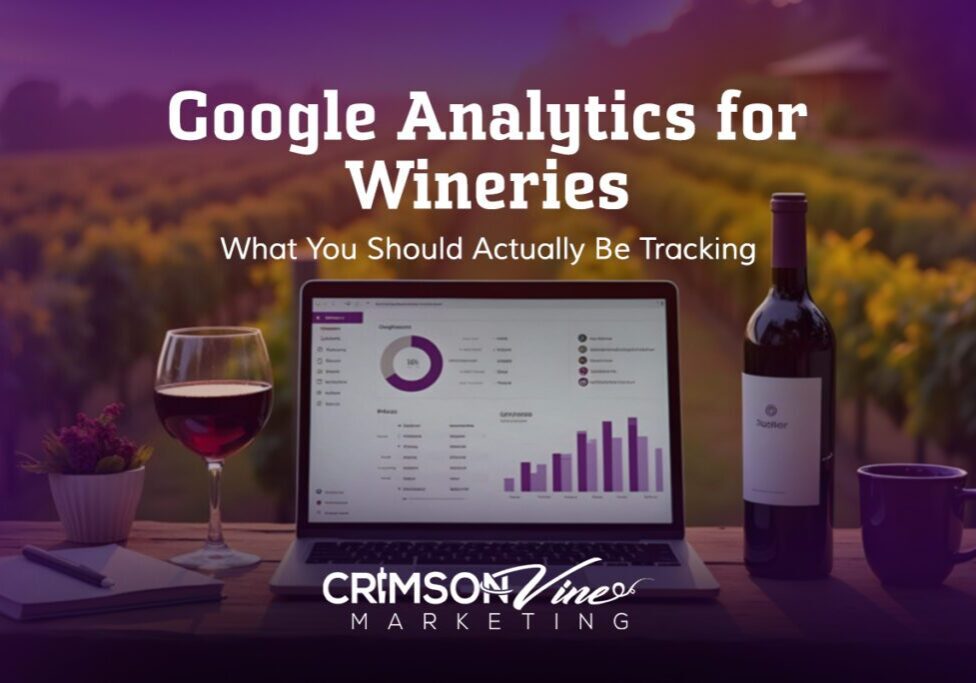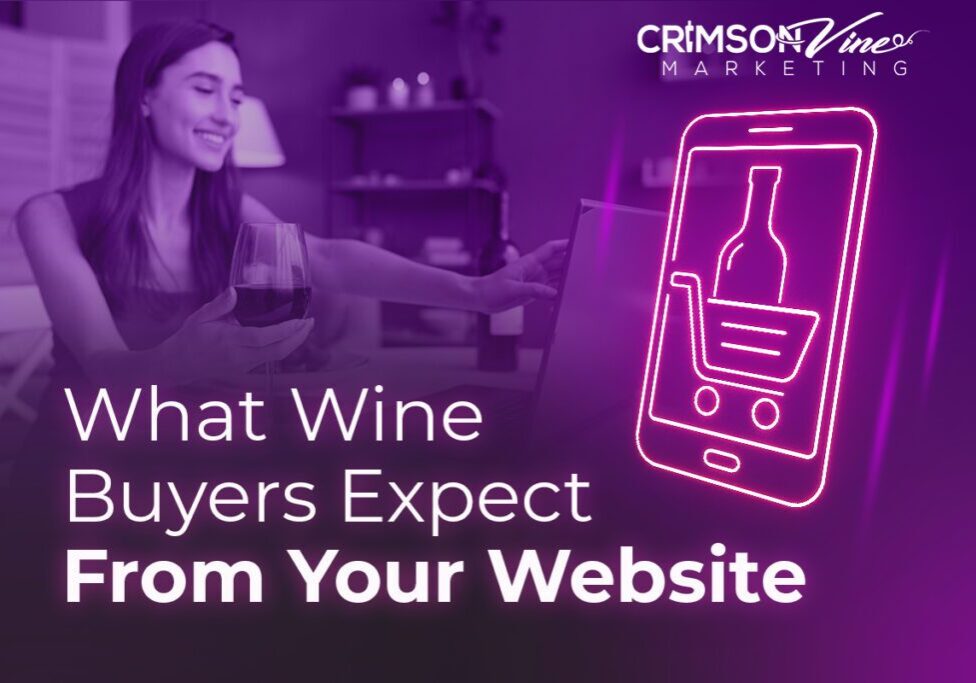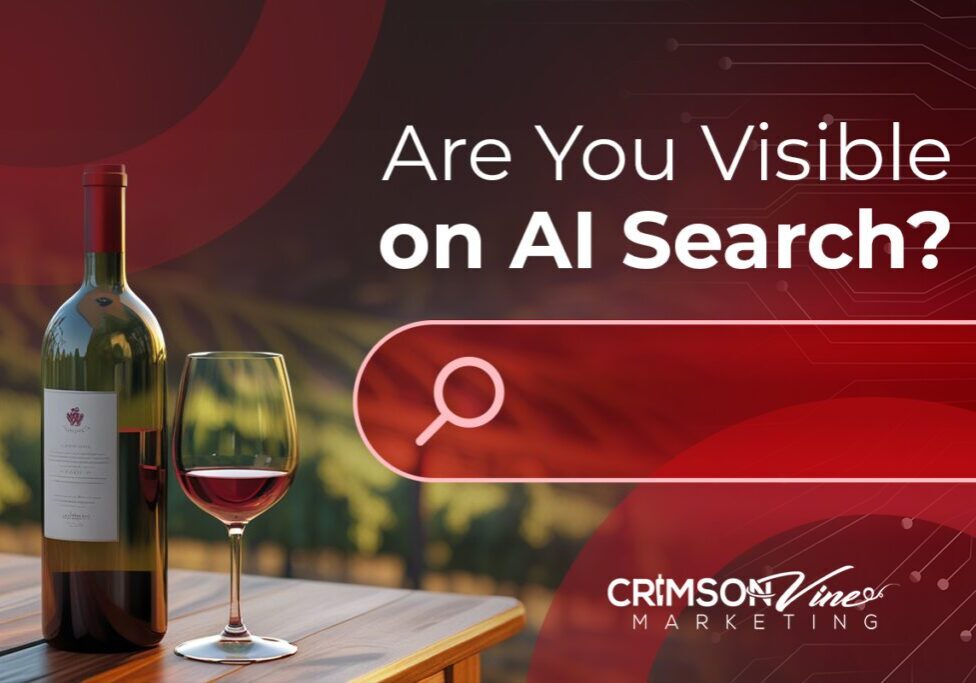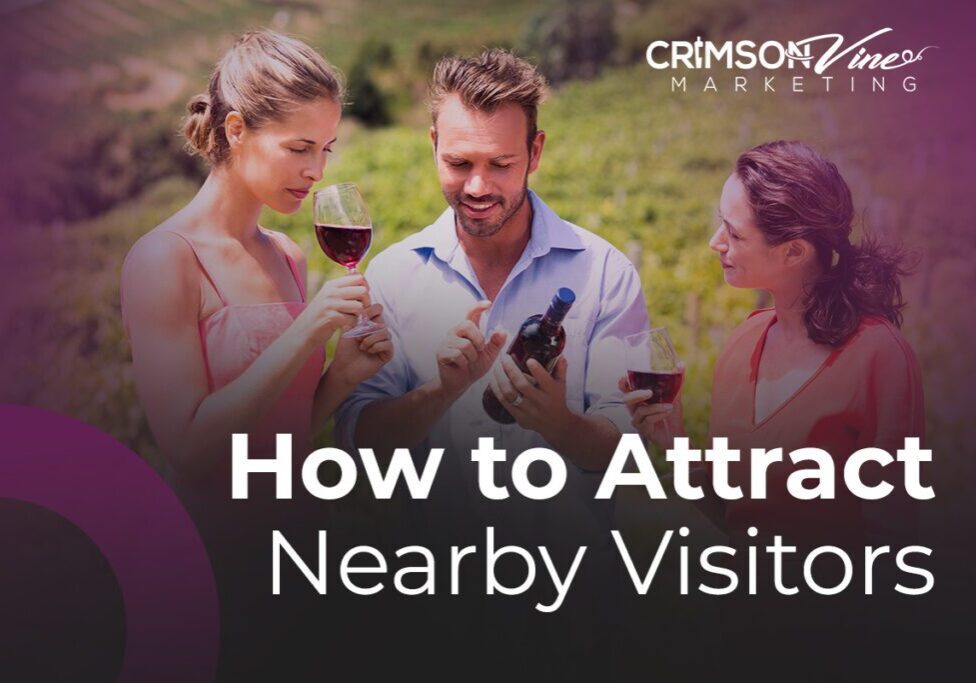August 11, 2025
Do People Really Buy Wine Online? What Wineries Should Know in 2025
Ask a small winery owner what they want from their website, and nine times out of ten, “selling more wine online” is at the top of the list. It makes sense—ecommerce is everywhere. But when it comes to wine, the truth is more nuanced.
There’s a lot of buzz about wine e-commerce “booming,” and in a way, that’s true. The U.S. wine ecommerce market is projected to hit $25 billion in 2025, and platforms like Wine.com, Vivino, and grocery delivery apps are seeing steady growth. But for most small, local wineries, selling wine online isn’t as simple as throwing up a shop page and watching the orders roll in.
Reality Check: Most Online Wine Sales Aren’t Happening on Your Website
According to the 2024 BMO Wine Market Report, only about 10% of U.S. wine is sold direct-to-consumer. And of that, a much smaller slice comes from people who buy wine online without ever visiting the winery. The majority of DTC sales still happen in person—through tasting rooms, events, and wine clubs built on real relationships.
So yes, wine e-commerce is “growing,” but most of that growth is concentrated in big platforms and repeat buyers. If you’re a boutique or regional winery, online sales are rarely the starting point of the customer journey—they’re a continuation.
So, Should You Even Bother with E-Commerce?
Absolutely. But you have to be realistic about what it’s for.
Wine e-commerce isn’t about replacing your tasting room—it’s about supporting it. It gives loyal customers a way to reorder, club members a seamless way to manage shipments, and out-of-town visitors a way to stay connected. For many wineries, it’s not about driving first-time sales. It’s about retention, convenience, and long-term value.
The Key: Build a Customer Experience Worth Repeating
People don’t typically buy wine online from a winery they’ve never heard of. But they do buy from wineries that made a lasting impression.
So if your online store isn’t converting, it might not be a website problem or a marketing problem—it might be an experience problem. The tasting room was just “fine.” The wine club pitch felt generic. The brand story didn’t stick. We see it all the time: wineries expecting to sell online without giving people something memorable to come back for.
Your Website Should Support the Tasting Room—Not Compete With It
Wine e-commerce has its place, but let’s be honest: if you’re a small or mid-sized winery, most people aren’t going to stumble onto your website and buy a case without ever visiting. We’ve seen it time and again—wineries come to us wanting to “sell more wine online,” but unless they already have strong brand awareness or a large club base, the sales just don’t show up.
That’s not a failure of your wine—it’s a reflection of how people buy. Wine is personal. It’s emotional. Most customers want to taste, talk, and connect before they commit. That means your tasting room is still your #1 sales channel—and your website should be built to support it.
If you’re putting marketing dollars anywhere, start with driving in-person visits:
- Make your tasting experience easy to book and hard to forget.
- Use digital ads and SEO to help visitors plan their trip and find you first.
- Feature your location, team, and vibe prominently on your homepage.
Your online store still matters—but it works best as a tool to serve existing fans. People who’ve visited, joined the club, or tried your wine at a friend’s house are the ones most likely to buy online. So instead of chasing ecommerce as the main goal, focus on creating an in-person experience that makes people want to come back—then use your website to make that easy.
Bottom Line
Online wine sales are real—but they’re not magic. For small wineries, ecommerce works best as part of a broader strategy built on in-person connection, brand storytelling, and smart follow-up.
If your website and tasting room aren’t working together, it’s time to rethink the system—not just the sales page.
Need help making your winery’s online presence work for how wine is actually sold?
Share This Post

Sign up for a FREE
1-hour marketing analysis & consultation!
We'll Cover:
-
Business Goals and Challenges
-
Current Marketing Efforts
-
Target Audience and Market Insights
-
Competitor Analysis
-
Customized Growth Opportunities

